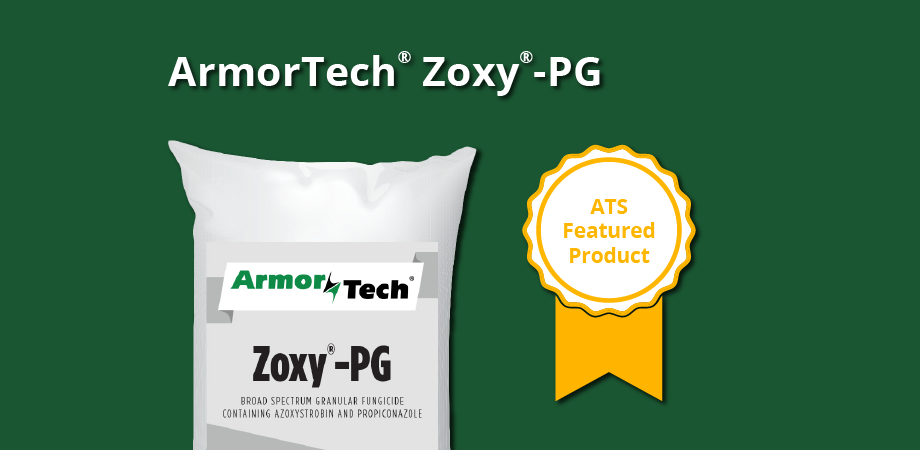Our Ohio-based reps have brainstormed a few weeds and insects that lawn care operators should keep an eye on as spring continues. Keep reading to see what you should be on the lookout for.
Aggressively Target Poison Hemlock and Wild Parsnip
Controlling invasive species is critical, but these two weeds not only pose a threat to other plant life, but are also toxic to humans and animals. Coming into physical contact—either through touch, ingestion, or both—-with either of these plants is incredibly dangerous. It’s important to note that neither of these plants appears particularly dangerous and can even resemble other common plants. They also commonly grow close together.
Dangers of Wild Parsnip
Skin contact and/or ingestion of wild parsnip can result in severe rashes and other epidermal injury to humans. These injuries can result in permanent scarring and may require hospitalization.
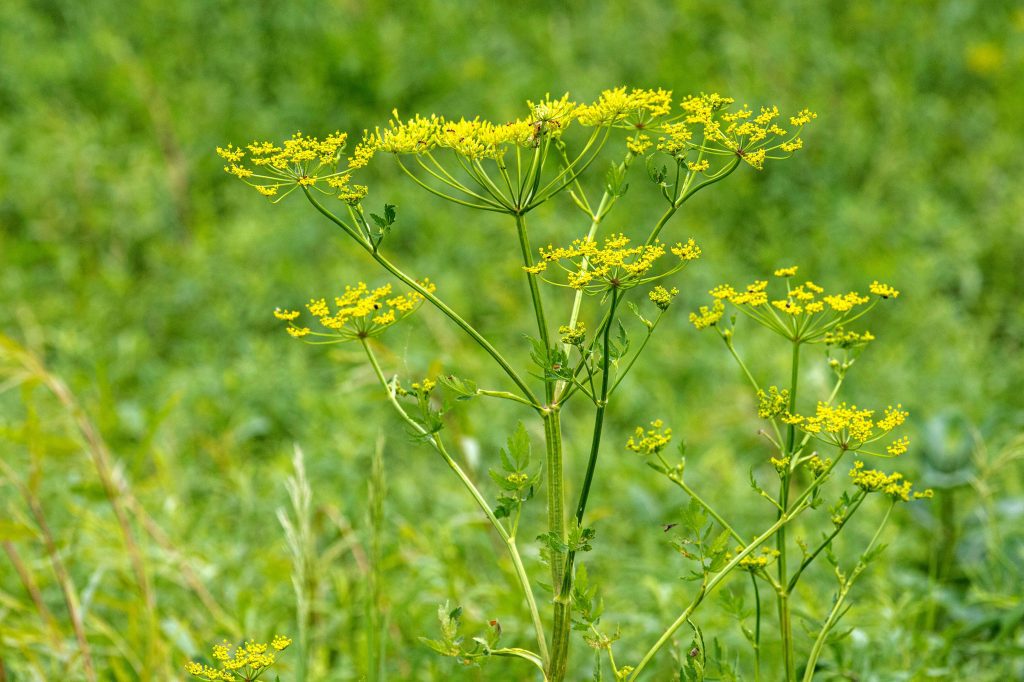
Dangers of Poison Hemlock
While skin contact with poison hemlock is not harmful, ingestion can cause severe internal injury and death in humans and animals.
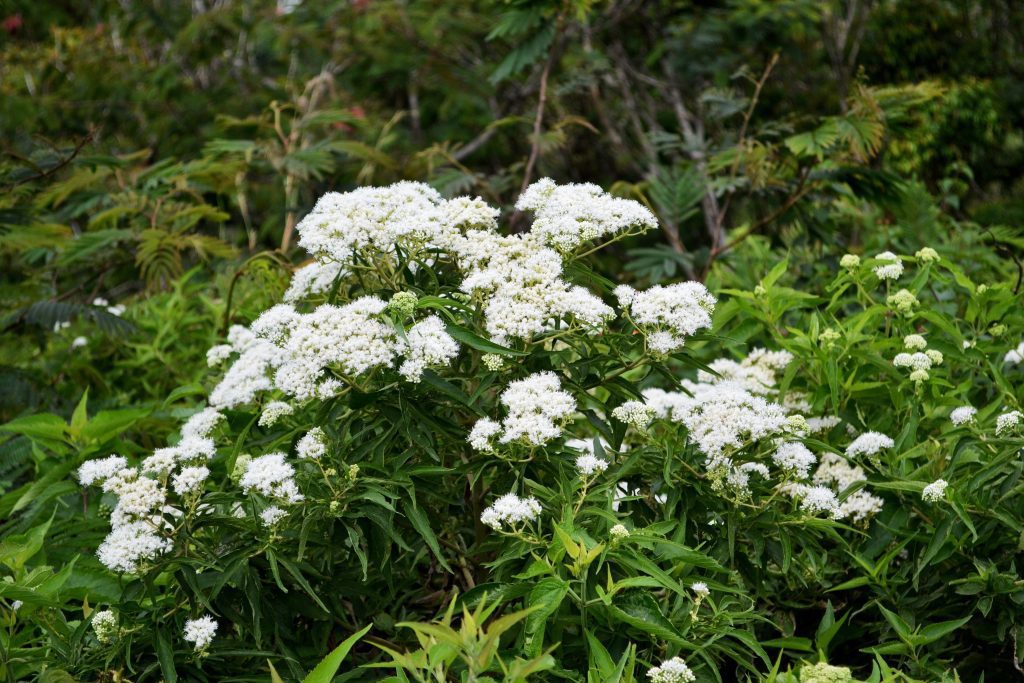
The risk these plants pose to pets and children is high, so proper control is a must. For effective management, use herbicides with multiple active ingredients and multiple modes of action to prevent resistance. A tank mix that includes a triclopyr-based product can enhance efficacy. Products like Crossroad offer a standalone solution, too, providing convenience with similarly potent results.
Addressing Green Kyllinga and False-Green Kyllinga
Green kyllinga and its counterpart, false-green kyllinga, are becoming notable nuisances in regions like Ohio, much like the more familiar yellow nutsedge (we’ll cover yellow nutsedge later in this blog post). Fortunately, these perennial weeds are not poisonous, but they are challenging to control thanks to their aggressive growth and resilience.
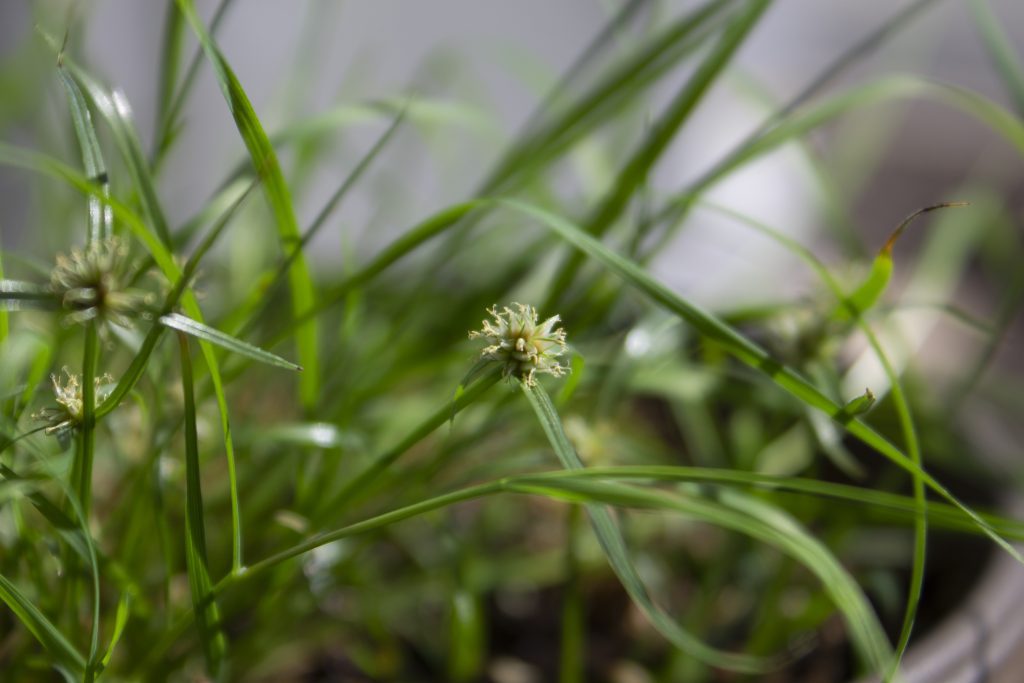
Early identification and repeat treatments are crucial for control. Products such as Celero and Dismiss NXT have shown effectiveness against these weeds. Depending on your product of choice, applications should be spaced around 21 days apart. That interval will allow the product to interrupt the weeds’ growth cycles effectively, without losing residual control. It’s important to note that these two weeds thrive in wet areas; Keep a close eye on areas prone to standing water.
Control Fleas and Ticks
Flea and tick populations rise when we have a mild winter, and since we just had one, it’s time to prepare for them. For lawn care professionals, this presents an opportunity to offer added value through integrated pest management services. Add-on services can be taken care of in one go. For example, utilizing a combination of fertilizer and surface insecticides can kill two birds with one stone—enhancing turf health while killing pests. Products incorporating liquid bifenthrin can be particularly effective when added to spray tanks.
Combat Yellow Nutsedge
Yellow nutsedge thrives in moist conditions, and whenever we have a wet spring, it’s usually quite abundant. This weed is not only tough to eradicate thanks to its deep root system, but it also can spread rapidly. Monitoring for yellow nutsedge should begin as soon as temperatures begin to rise, particularly in low-lying areas prone to water accumulation.
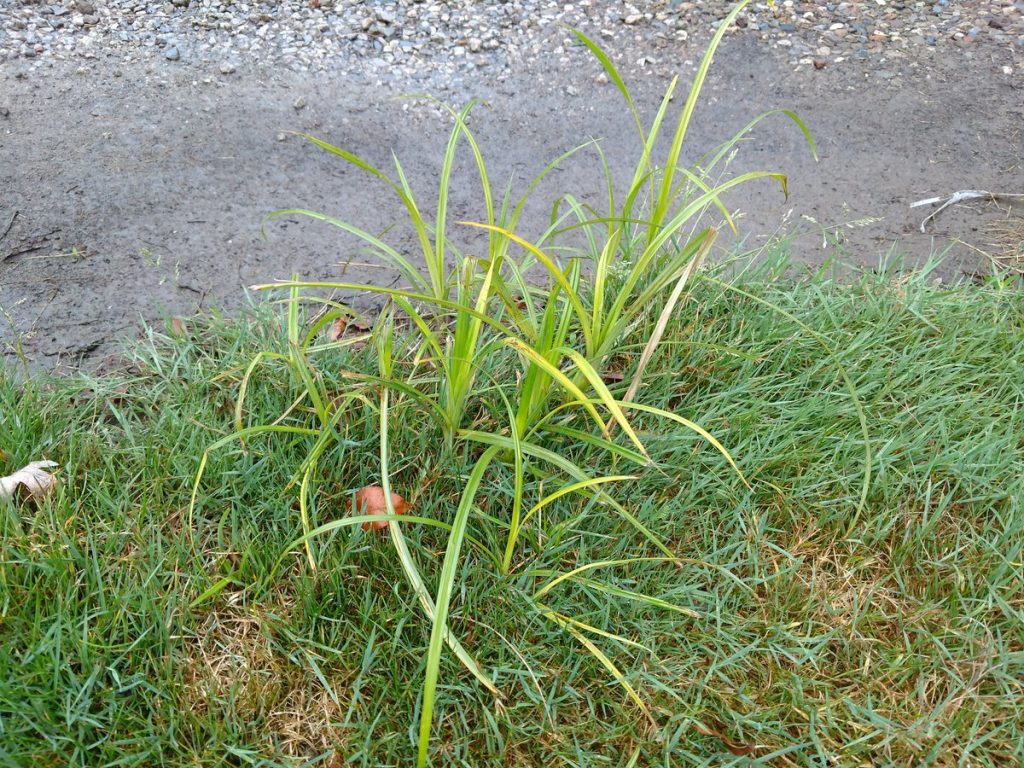
Employing a combination herbicide that addresses both broadleaf weeds and nutsedge, such as 4-Runner, T-Zone SE, Q4, or Solitare, can provide a dual-action solution, streamlining the treatment process. For targeted nutsedge outbreaks, specialized products like Prosedge or Dismiss are good options.
Special thanks to ATS reps Dan Mauch and Tim Yingling for their contributions to this blog post. For more information on controlling insects and weeds this season, reach out to your ATS rep.











